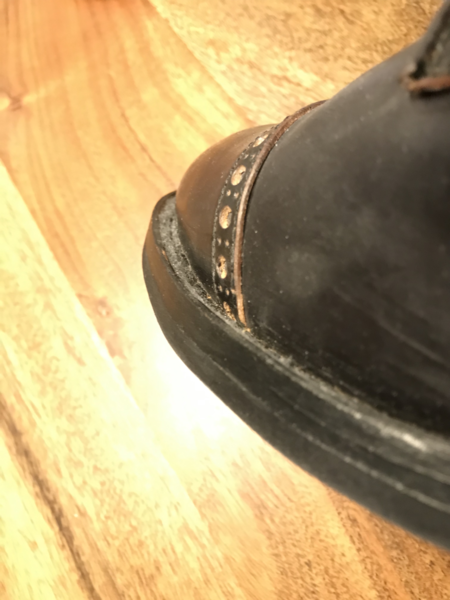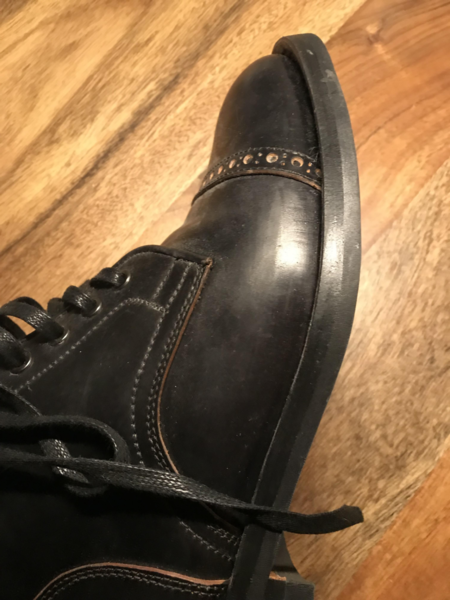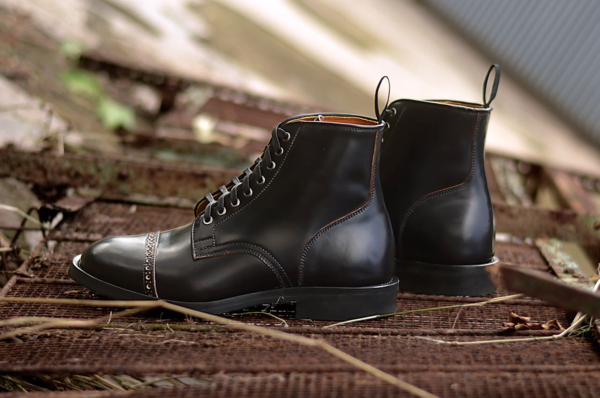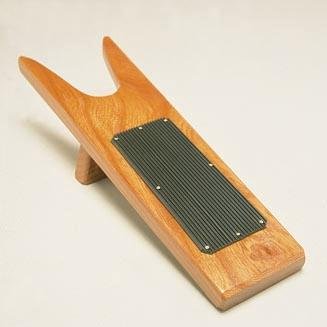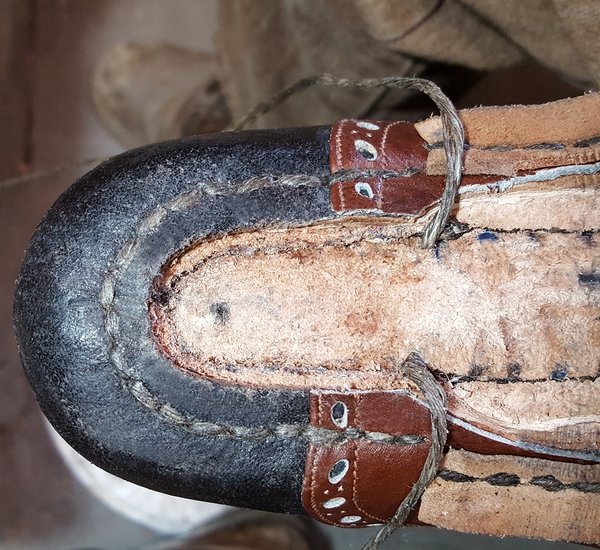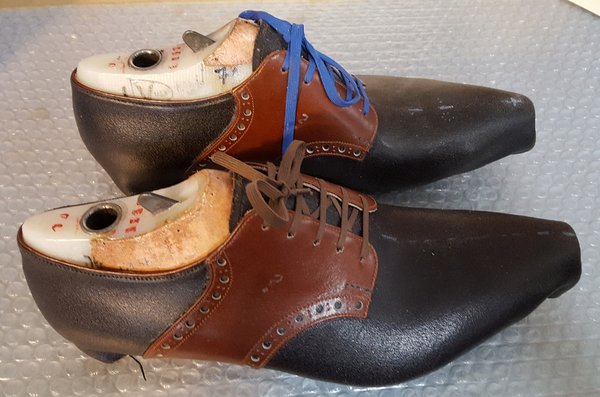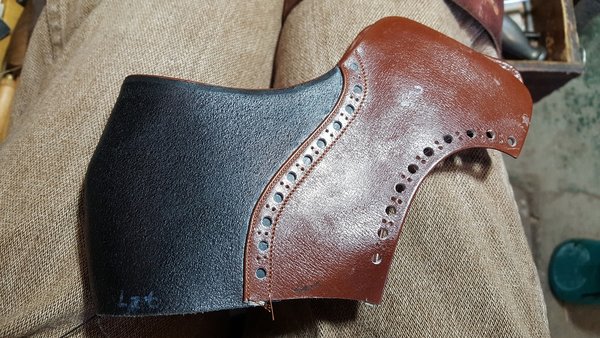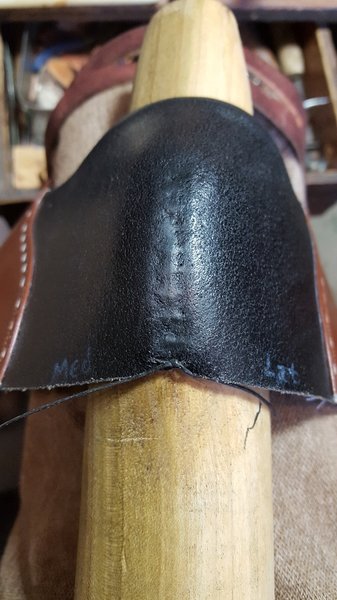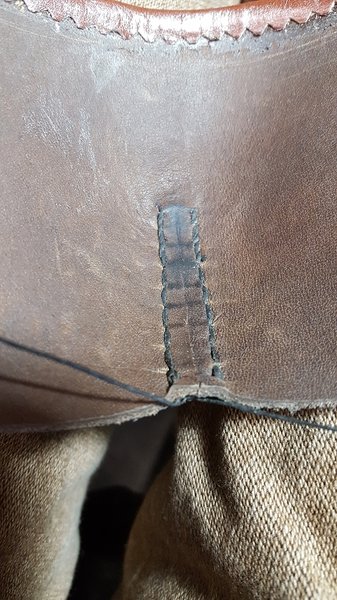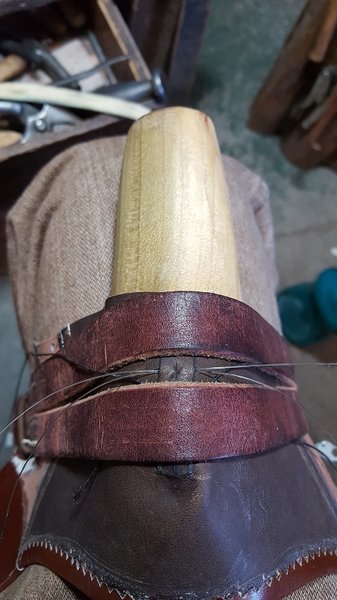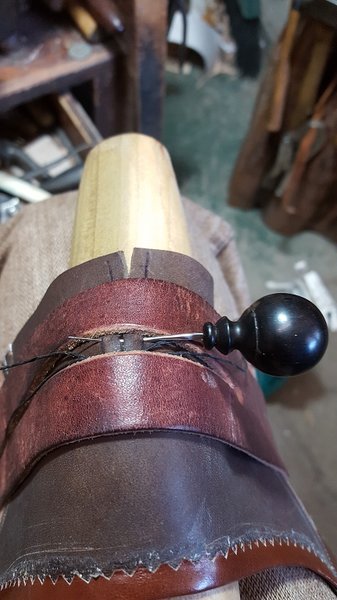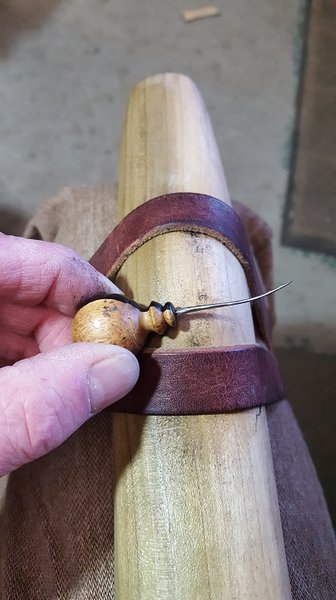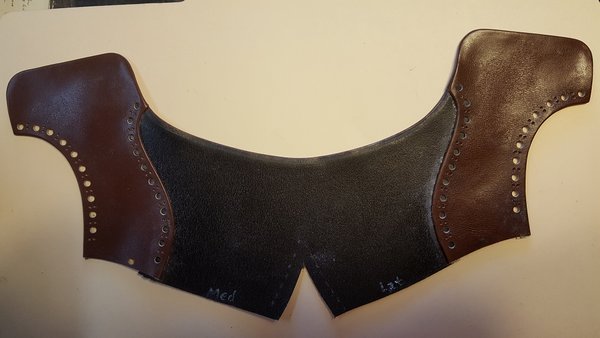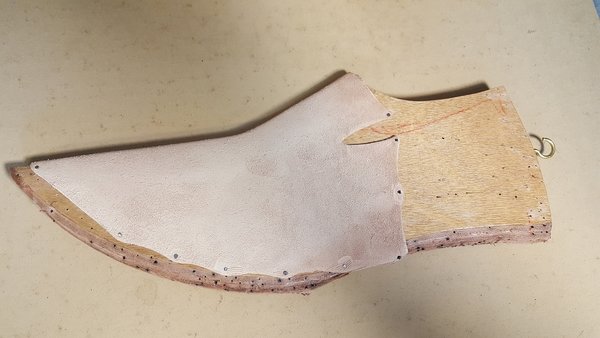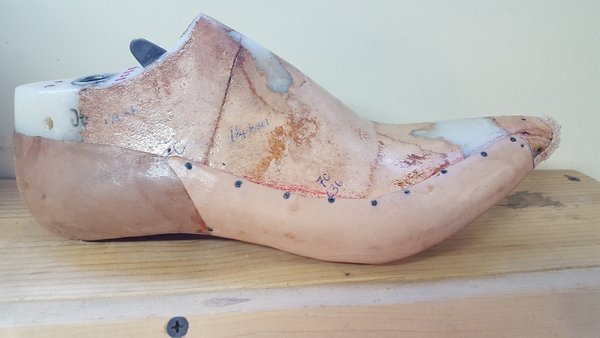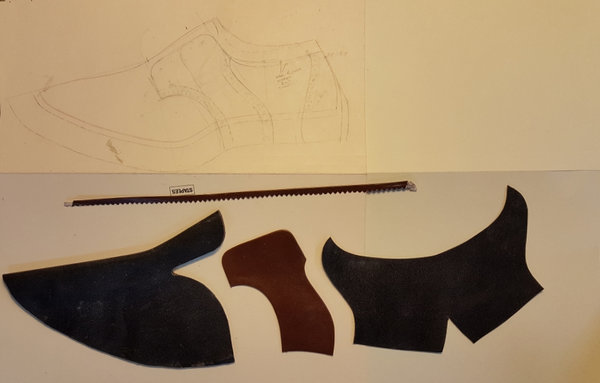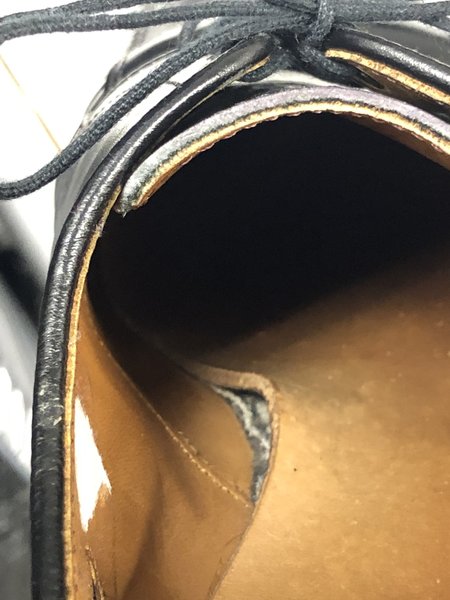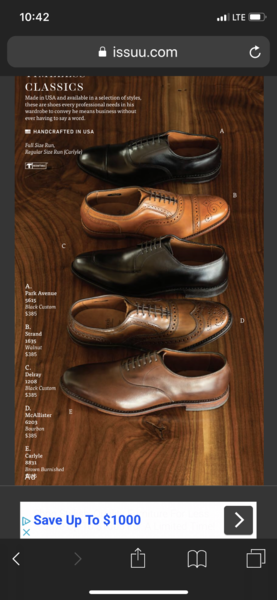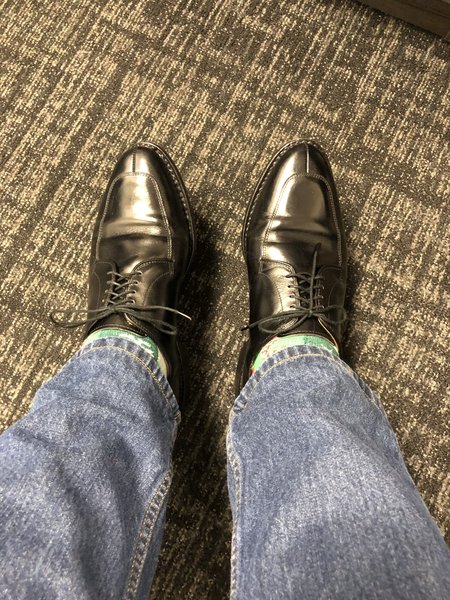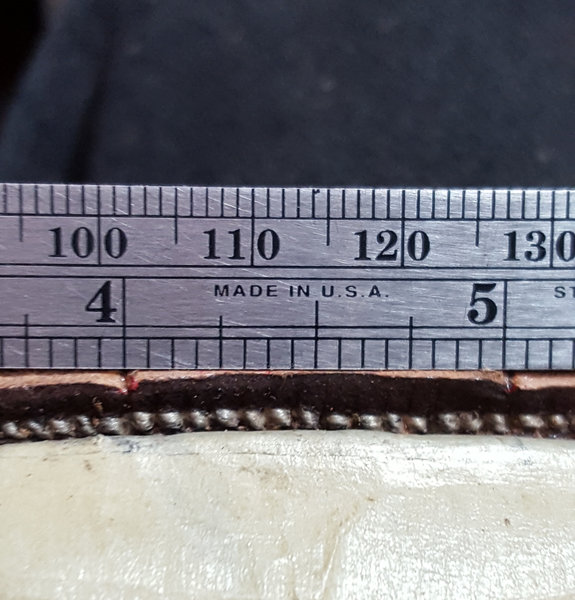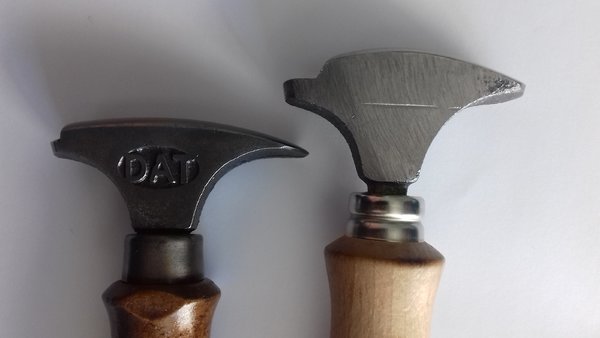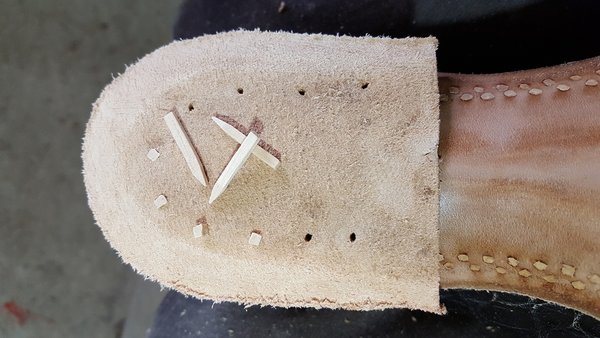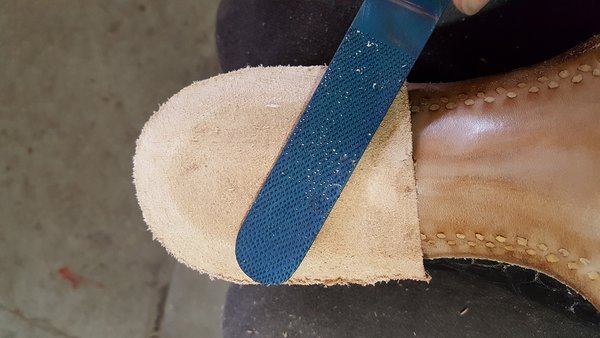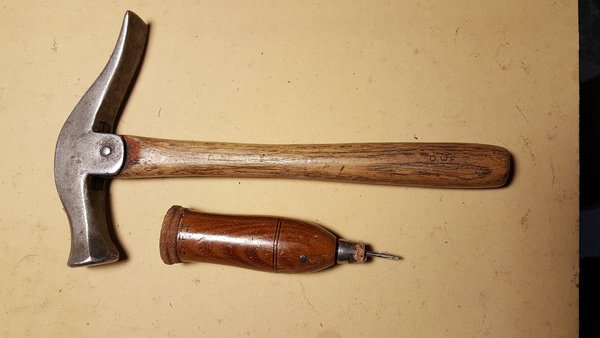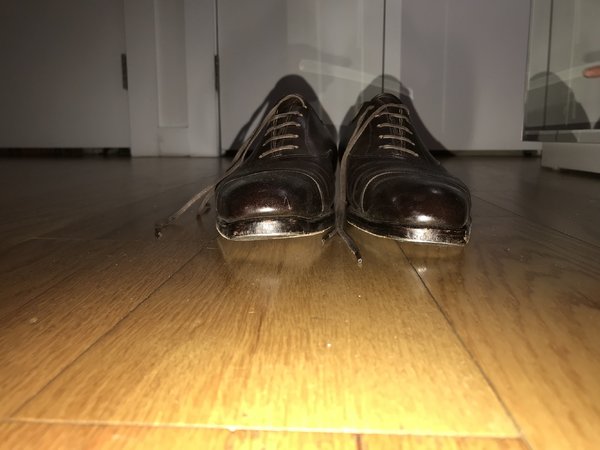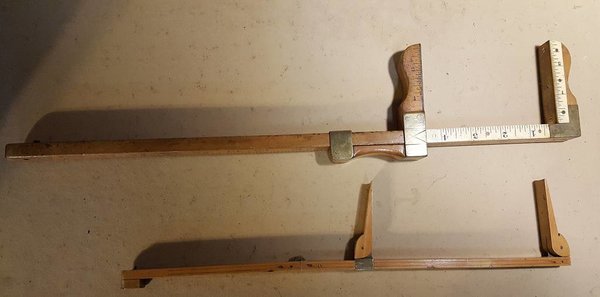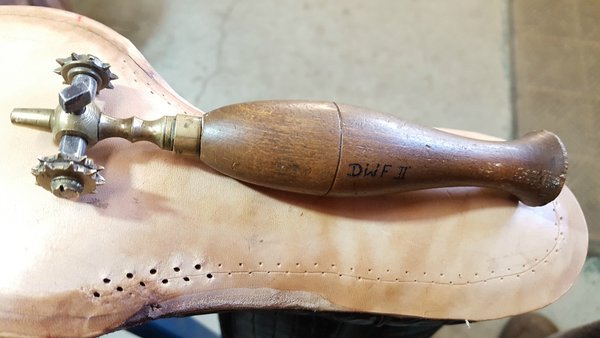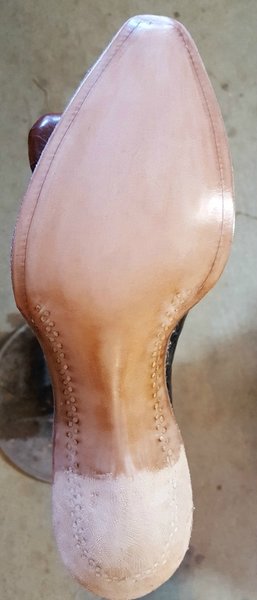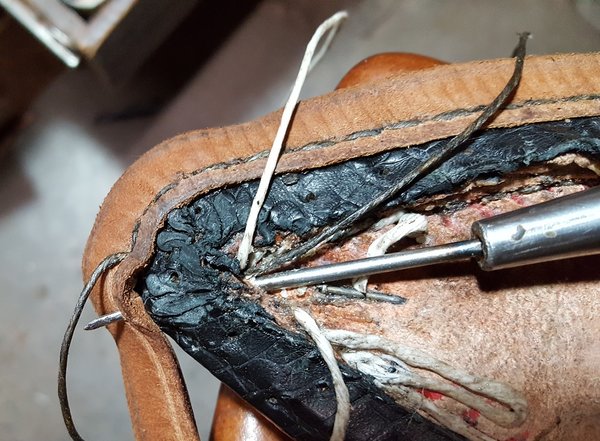- Joined
- Jan 8, 2008
- Messages
- 10,132
- Reaction score
- 5,714
Well, first, what that material is, is 'cardboard.' It is pressed paper and used widely in lower end manufactured and women's shoes. Chances are there is a shank if some sort attached to the underside by hot melt glue or perhaps prongs on the shank itself.
Second, it doesn't really fill the back part of the shoe, although with enough time the cork will likely break down and migrate to those gaps around the shank cover.
I don't know whether a full cork filling would be better functionally or not. I deliberately don't have much experience with that kind of construction except for repairing shoes in my early days. That said, I think if the insole cavity is to be filled it ought to be filled completely. Leaving empty pockets and dead space isn't particularly good for the integrity and structure of the shoe....IMO.
But aesthetically...at least for this old snab...not filling the cavity seems sloppy or somehow incomplete. Again, IMO.
Second, it doesn't really fill the back part of the shoe, although with enough time the cork will likely break down and migrate to those gaps around the shank cover.
I don't know whether a full cork filling would be better functionally or not. I deliberately don't have much experience with that kind of construction except for repairing shoes in my early days. That said, I think if the insole cavity is to be filled it ought to be filled completely. Leaving empty pockets and dead space isn't particularly good for the integrity and structure of the shoe....IMO.
But aesthetically...at least for this old snab...not filling the cavity seems sloppy or somehow incomplete. Again, IMO.

